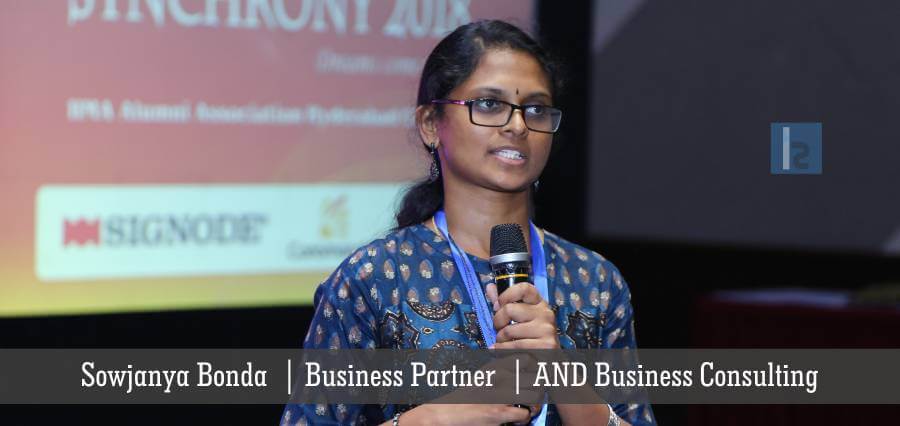Mergers and Acquisitions (M&A) is a general term that refers to the consolidation of companies or assets. M&A’s can be broadly classified into three main categories: Horizontal (merger of companies in the same space), Vertical (merger of companies in different stages of same supply chain), and Conglomerate (merger of unrelated companies).
Rationale for M&A
There are various strategic reasons for companies to consider making an acquisition and a successful takeover can help companies achieve their strategic objectives as well as increase cost effectiveness within the business. Some of the major reasons are given below.
- As an inorganic growth opportunity to reach untapped markets or customers.
- Viable business solution for companies attempting to downsize, reduce costs and streamline operation leading to an increase in profitability or alignment with business strategy.
- Shareholders or investors looking for an exit.
An M&A can be a rapid way for companies to achieve their objectives and increase company’s growth. The intention is that the resulting combination of products, people and pipelines will take the business to new heights.
Since the early 1980s, high-profile leveraged buyouts such as Duracell International, Uniroyal, and RJR Nabisco have attracted widespread attention. Much of the fanfare has focused on negotiation tactics, savvy financial structures, and prices. Little attention, however, has been given to the other numerous buyouts that have occurred in that time period and to the fundamental changes in operating practices that have generated positive returns for many of those companies.
Merits of M&A
1) Intellectual Property – Through M&A’s, a company can obtain improved technological know-how, trademarks and patents, thereby increasing efficiency in production and pricing.
2) Economies of Scale – M&A’s bring greater negotiating strength in dealing with vendors due to the larger size of the resulting entity, in addition to higher output of products/services resulting in lower fixed costs per unit.
3) Larger Portfolio – To obtain a new product line for diversification or substitution or to complete a product range e.g. Nigeria Breweries Plc. planned takeover of Schweppes. It can bring about a new market outlet, eliminate competition or protect an existing market.
4) People – It has often been said that the success of the any big business depends to a large extent on the quality of its management personnel. Through M&A’s, external managerial talent can be acquired and utilized most efficiently. Also due to its larger size, the company has the advantage of offer better remuneration, better growth opportunities and can hence reduce attrition.
Demerits of M&A
However, the combined business has to deal with increased operational & personnel related complexities – presence in multiple markets, more diverse consumer base and more complex product/service portfolio. Cost synergies, a tangible and often quickly attainable goal, take precedence over the grinding work of formulating, isolating and tracking revenue metrics and growth efforts. Cost reduction goals can even conflict with revenue growth opportunities.
Case Study – Adidas acquisition of Reebok
In 2005, Adidas announced its plan to acquire Reebok North America at an estimated value USD 3.8 billion. Adidas offered to pay over 34% premiums over last closing price for Reebok. This was a favourable deal for Reebok as it was facing tough competition from the likes of Nike, Adidas and Puma.
The footwear market in North America was mainly dominated by Nike with a 36% share. Increased market share and cost cutting through synergies were clear-cut strategies for both Adidas and Reebok. Adidas with its hi-tech quality products and Reebok with its style quotient planned to combine and capture the market.
Post the acquisition of Reebok:
- Revenue increased by 52% in 2006, representing Adidas’ highest growth in 8 years.
- It crossed the benchmark revenue of EUR 10 billion for the first time.
- The market share of Adidas-Reebok in the US increased to 21% from 19%.

Figure: Market share before and after acquisition of Reebok by Adidas
Source: icmrindia, NAFSMA
Reasons for Success:
- Cultural fit – Adidas is a German company and Reebok an American entity. However, proper communication, clear strategies and effective implementation did the job.
- Maintaining brand individuality – A rare instance where both the companies managed to create a portfolio of new offerings while keeping their individuality intact. While Reebok capitalised on its strong presence with the youth, Adidas focussed on its international presence and high-end technology.
- Economies of scale – Adidas benefitted from enhanced distribution in North America, where Reebok already had a strong foothold. Increased operations naturally translated into reduced cost across each front of the value chain such as manufacturing, supply, distribution and marketing.
Walt Disney Company acquisition of Pixar: Another successful M&A was the acquisition of Pixar by the Walt Disney Company in 2006. The merger between the two top animation movie producers allowed Disney and Pixar to collaborate without any external problems they previously encountered. Although this acquisition greatly attributed to Disney’s success in the animation business, many shareholders worried that the famous Disney movie culture would be compromised for Pixar’s innovative movie generating techniques. The acquisition was largely successful, with Disney benefitting by bringing innovative ideas and technologies to Disney themed movies. It combined two of the most successful animation companies in the business, and solidified an already existing partnership.
About the Author:
Sowjanya Bonda is a Business Partner in AND Business Consulting. She is AND’s go to person for all transaction advisory, fundraising mandates and strategic initiatives. She has worked with more than 20 start-ups over the past 2 years and successfully assisted in fundraise (debt and early stage equity) for select clients. She enjoys working in Technology, Infrastructure (especially Renewable Energy) and Agriculture sectors.
She has more than 10 years of experience working with Greenko, Spark Infra, Wipro. She is a PGP from IIMA (2009) and BE (CSE) from Osmania University (2004).


